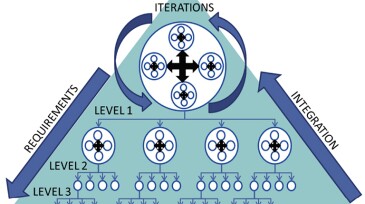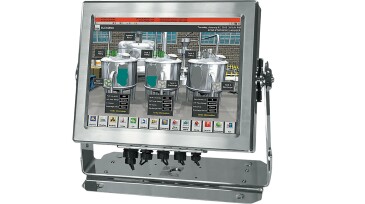facility design
-
The paper describes a systems-engineering-guidance document currently being developed, and outlines the benefits associated with the use of formal systems-engineering processes when designing complex facilities.
-
Something often talked about but rarely occurs is the reuse of an existing, but idled, production platform on a new field. LLOG wants to change that with ambitions to rejuvenate the former Independence Hub floating production system for use on its Leon/Castile project in the deepwater Gulf of Mexico.
-
Their model’s predictions should help researchers improve ocean climate simulations and hone the design of offshore structures.
-
Oil and gas facilities regularly store and dispense large quantities of flammable and combustible liquids. Given the potential for gas, vapor, or dust to collect in these areas, the electronic equipment installed must be designed to prevent ignition of these elements by electrical arcing or other thermal means.
-
People and businesses alike are adapting processes and products to help ensure the activities we undertake and products we produce are sustainable for the future. Industrial lighting is no exception.
-
An experimental study of a shroud-type downhole separator for a pumped horizontal or deviated well is presented in this study.
-
The authors propose a fast, self-learning dynamic process-modeling method that can be used for short-term forecasts, scenario modeling, and process optimization and control.
-
Brent crude oil price finally had reached $75/bbl at the time of writing. So far, this oil price is the highest since before the COVID-19 pandemic, which is a good sign that demand is picking up. Oil and gas offshore projects also seem to be picking up; most offshore greenfield projects are dictated by economics and the price of oil.
-
The paper examines the potential for larger and more-complex facilities to be converted to a mostly unattended status.
-
Why is designing with human error in mind so critical? Consider that nearly 80% of all offshore facility accidents are caused by human errors, and 64% of these accidents happen during operations.










